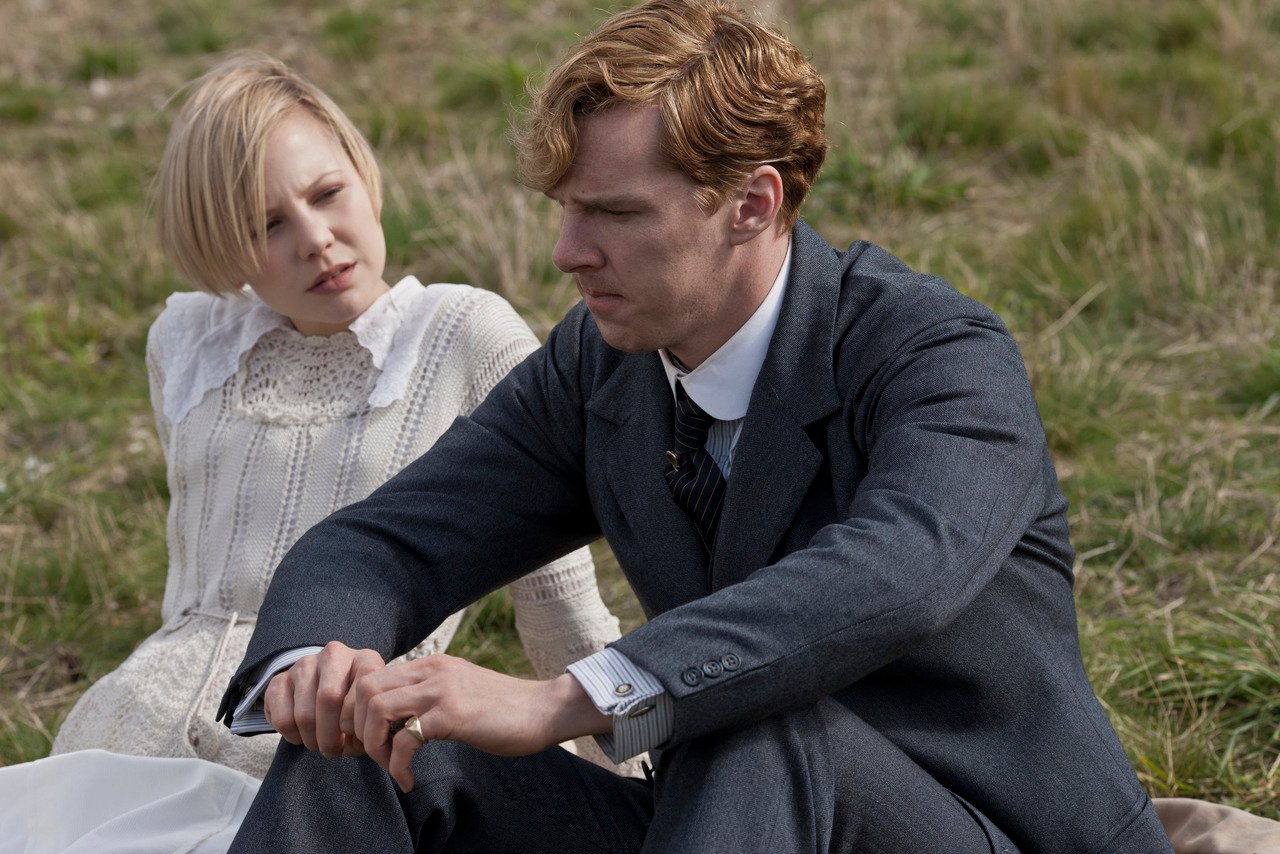There’s a lot to like in Parade’s End, especially if you’re a fan of watching meticulous British society conventions set in the backdrop of war. There are great performances across the board, but none more compelling than the love triangle trio who headline it (the women are particularly phenomenal, so much so that Rebecca Hall has managed to make her detestable character quite the charmer). The scenes are lush, too, at once sprawling and ornate, expansive and detailed. And as a BBC2 show, Parade’s End is racier and unafraid of nudity, lending it more edge than similar dramas like Downton Abbey. My only gripes are the occasional slow-mo and repetitive use of shots, which make the show feel soapier and cheesier than it should be. Otherwise, Parade’s End is a beautiful and smart watch, one that not only surpasses but arguably, possibly, surpasses the other show mentioned above.
Synopsis
The story of a love triangle between a conservative English aristocrat, his mean socialite wife and a young suffragette in the midst of World War I and a Europe on the brink of profound change.
Storyline
Based on the novels by Ford Madox Ford, the show follows three members of the British upper class: the statistician Christopher Tietjens (Benedict Cumberbatch), the flirty socialite Sylvia Satterthwaite (Rebecca Hall), and the headstrong suffragette Valentine Wannop (Adelaide Clemens). They get into various entanglements not just in the home and love front, but in the war front as well.
TLDR
Downton Abbey, but tighter and more thought-provoking.
What stands out
Benedict Cumberbatch has the opposite of “iPhone face,” and no I will not elaborate any further.






